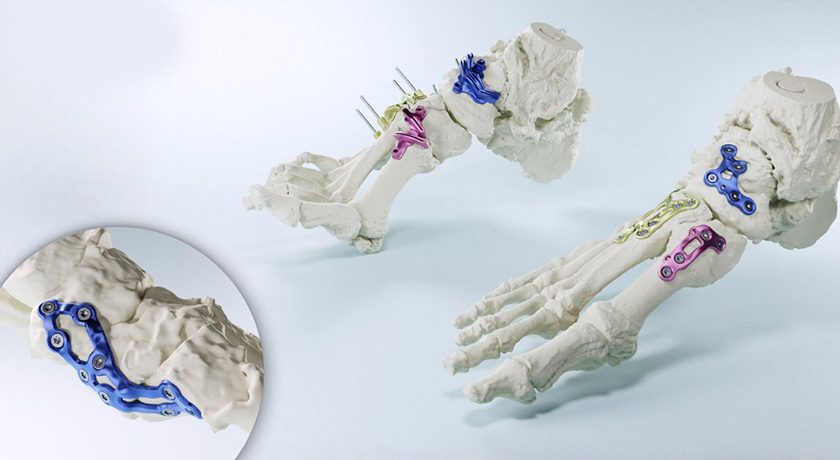
 Copy to clipboard
Copy to clipboard 
Results from a study of Zyga Technology’s SImmetry® Sacroiliac (SI) Joint Fusion with decortication procedure indicate that, at 24 months, bridging bone was reported in 94% of patients with 83% categorized as solid fusion across the SI joint. Of patients with solid fusion, 88% of joints were fused within the area of decortication.
Previously-reported results demonstrated that 79% of patients had evidence of bridging bone at 12 months.
Further, the study demonstrated a 73% reduction in average pain at 24 months. No procedure- or device-related serious adverse events were reported.
This prospective, multi-site study evaluated 18 patients receiving SImmetry. Fusion was defined as solid (presence of solid continuous bridging bone across the treated joint), possible (presence of possible continuous bridging bone across the treated joint) or no fusion (no bridging bone).
Source: Zyga Technology, Inc.
Results from a study of Zyga Technology's SImmetry® Sacroiliac (SI) Joint Fusion with decortication procedure indicate that, at 24 months, bridging bone was reported in 94% of patients with 83% categorized as solid fusion across the SI joint. Of patients with solid fusion, 88% of joints were fused within the area of decortication.
...
Results from a study of Zyga Technology’s SImmetry® Sacroiliac (SI) Joint Fusion with decortication procedure indicate that, at 24 months, bridging bone was reported in 94% of patients with 83% categorized as solid fusion across the SI joint. Of patients with solid fusion, 88% of joints were fused within the area of decortication.
Previously-reported results demonstrated that 79% of patients had evidence of bridging bone at 12 months.
Further, the study demonstrated a 73% reduction in average pain at 24 months. No procedure- or device-related serious adverse events were reported.
This prospective, multi-site study evaluated 18 patients receiving SImmetry. Fusion was defined as solid (presence of solid continuous bridging bone across the treated joint), possible (presence of possible continuous bridging bone across the treated joint) or no fusion (no bridging bone).
Source: Zyga Technology, Inc.

You’ve reached your limit.
We’re glad you’re finding value in our content — and we’d love for you to keep going.
Subscribe now for unlimited access to orthopedic business intelligence.
JV
Julie Vetalice is ORTHOWORLD's Editorial Assistant. She has covered the orthopedic industry for over 20 years, having joined the company in 1999.







